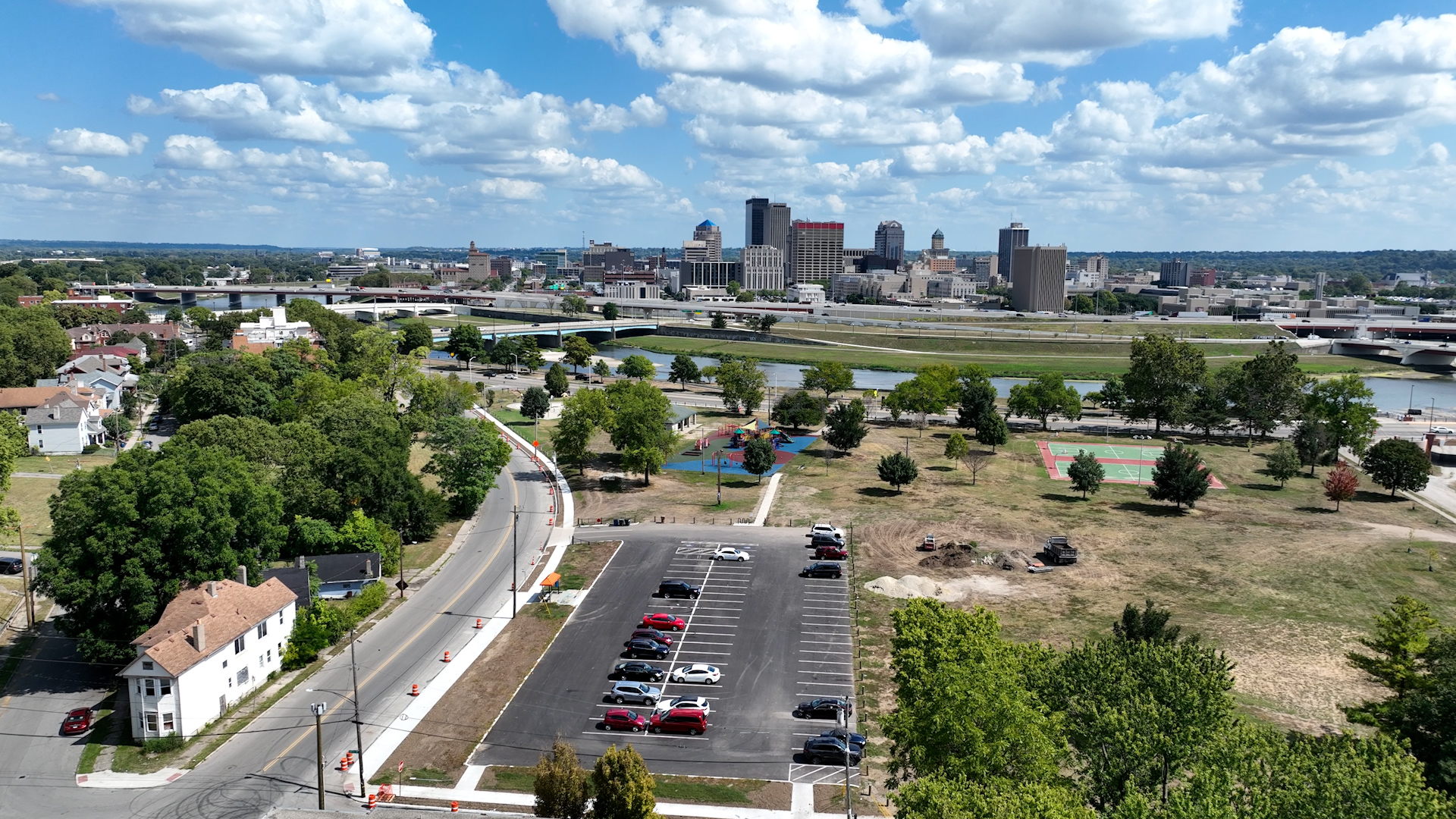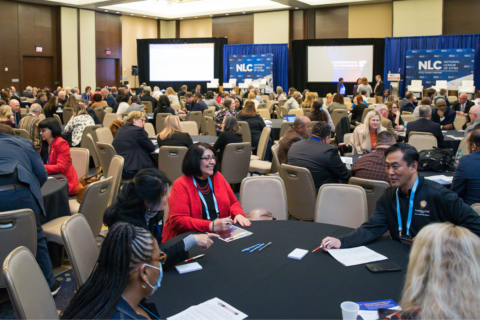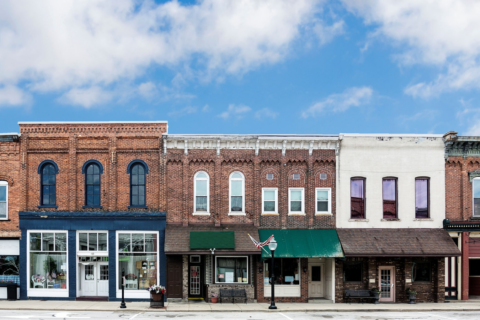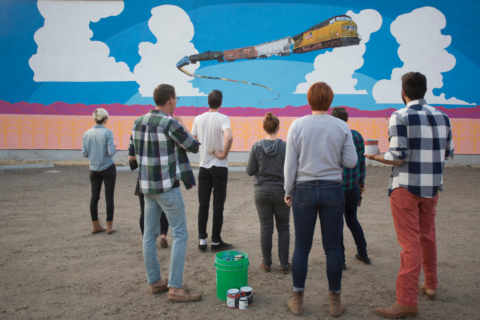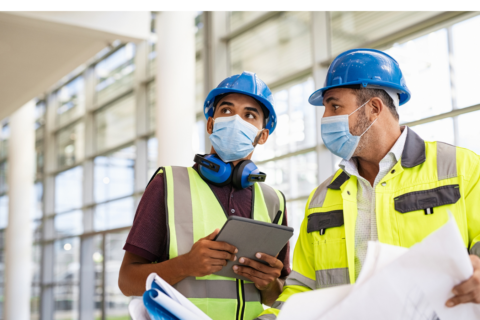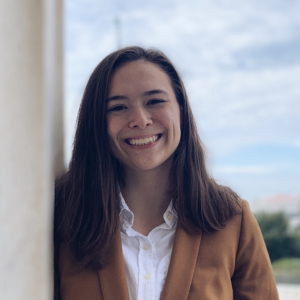By Shelley Dickstein, City Manager for Dayton, Ohio
When city leaders learned Dayton would receive around $138 million in American Rescue Plan Act (ARPA) funds, I was both thrilled and scared—thrilled that our community and city government would benefit from a once-in-a-lifetime opportunity, but scared that deadlines and competing priorities might push our plan toward less-than-optimal uses.
While news of the funds Dayton would receive was exciting and inspiring, it was evident that even $138 million would not stretch as far as many people assumed. We also grew to understand that our local ARPA program would generally be catalytic in nature, seeding transformation for the future, rather than being a one-and-done approach.
U.S. Department of Treasury guidance allowed a range of funding uses that included removal or restoration of blighted properties, infrastructure repairs and support for transformative community-based initiatives and small business growth—all purposes very suitable to Dayton.
We got to work quickly, with an intention of crafting a plan strongly influenced by community need and input, not just the priorities and needs identified by City Hall or mainly for municipal operations. We knew Dayton deserved a recovery plan that is both responsive and responsible.
We published an online survey that attracted 1,720 respondents and held a series of seven public meetings in July of 2021, coordinated by community engagement staff.
At the meetings, we built awareness about the federal legislation—what it is and isn’t—and about local government’s role in developing a plan for spending/distributing dollars. Then, we listened and documented suggestions and requests for spending priorities.
There were many ideas, but community sentiment coalesced around neighborhood needs and improvements, including tackling the housing demolition backlog that had grown during the Great Recession and foreclosure crisis and other housing improvements. Additional priorities identified by the community included support for small businesses and Black- and Brown-owned businesses, and other means of economic recovery.
These priorities became the “what” of our local plan. Data drawn from social and health determinants (including populations affected by COVID-19) determined the “where,” the five targeted neighborhoods that would become the focus (though not the entirety) of our efforts.
In June of 2021, the Dayton City Commission adopted a resolution outlining the intent to invest ARPA proceeds into investment areas, a framework that would be known as the Dayton Recovery Plan.
The investment areas are:
- Improving Our Neighborhoods (with $55 million in dedicated funding);
- Supporting Black & Brown Businesses ($7.6 million);
- Aiding Community & Small Business Recovery ($7.3 million);
- Enhancing Critical City Services ($21.5 million);
- Catalyzing Economic Recovery ($10.8 million).
In addition, funding ($33 million) was set aside to replace municipal revenue lost during the pandemic. Because revenue exceeded projections in 2022 and 2023, the City of Dayton has been able to infuse $20.8 million in one-time capital investments from revenue replacement to investments such as equipment for the Police, Fire and Public Works Departments, technology improvements and street resurfacing.
Successful proposals from organizations and small businesses with projects and programs fitting the investment areas, as well as projects managed directly by the City of Dayton, became the “how” of our recovery plan.
As of Sept. 30, 2023, contracts and agreements already funded through City Commission approval include blighted property demolition ($5,610,000), housing rehab/repair ($5,880,000), park upgrades ($1,056,000) and Black & Brown businesses ($2,951,000). Each of these totals represents multiple awardees. Additional millions are obligated to successful proposals for future awards.
The impacts of the Dayton Recovery Plan are increasingly visible in neighborhoods, parks and storefronts. Much more activity will occur in 2024. We look forward to seeing catalysts transform promise to practice. Please follow our progress at daytonohio.gov.
